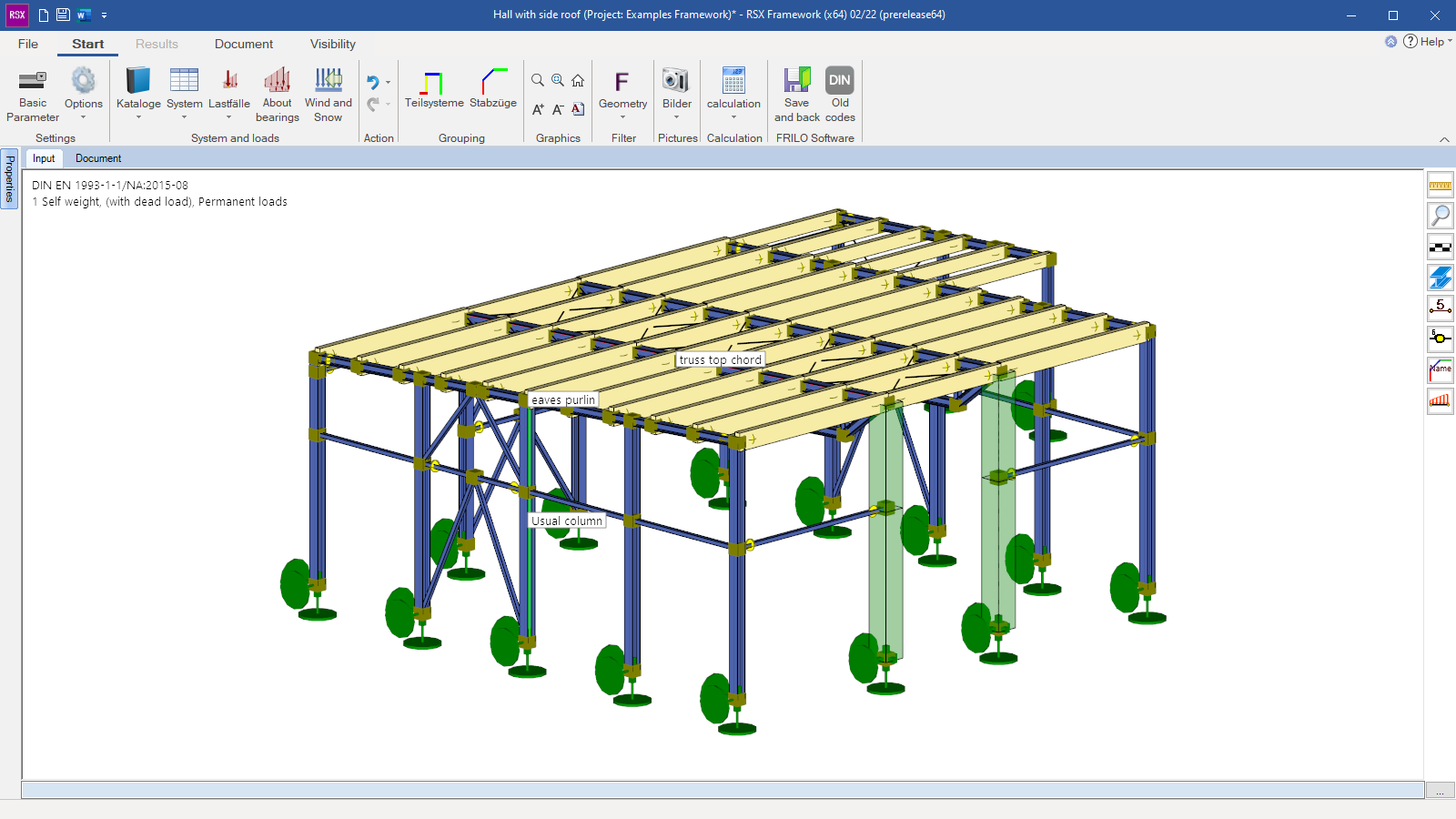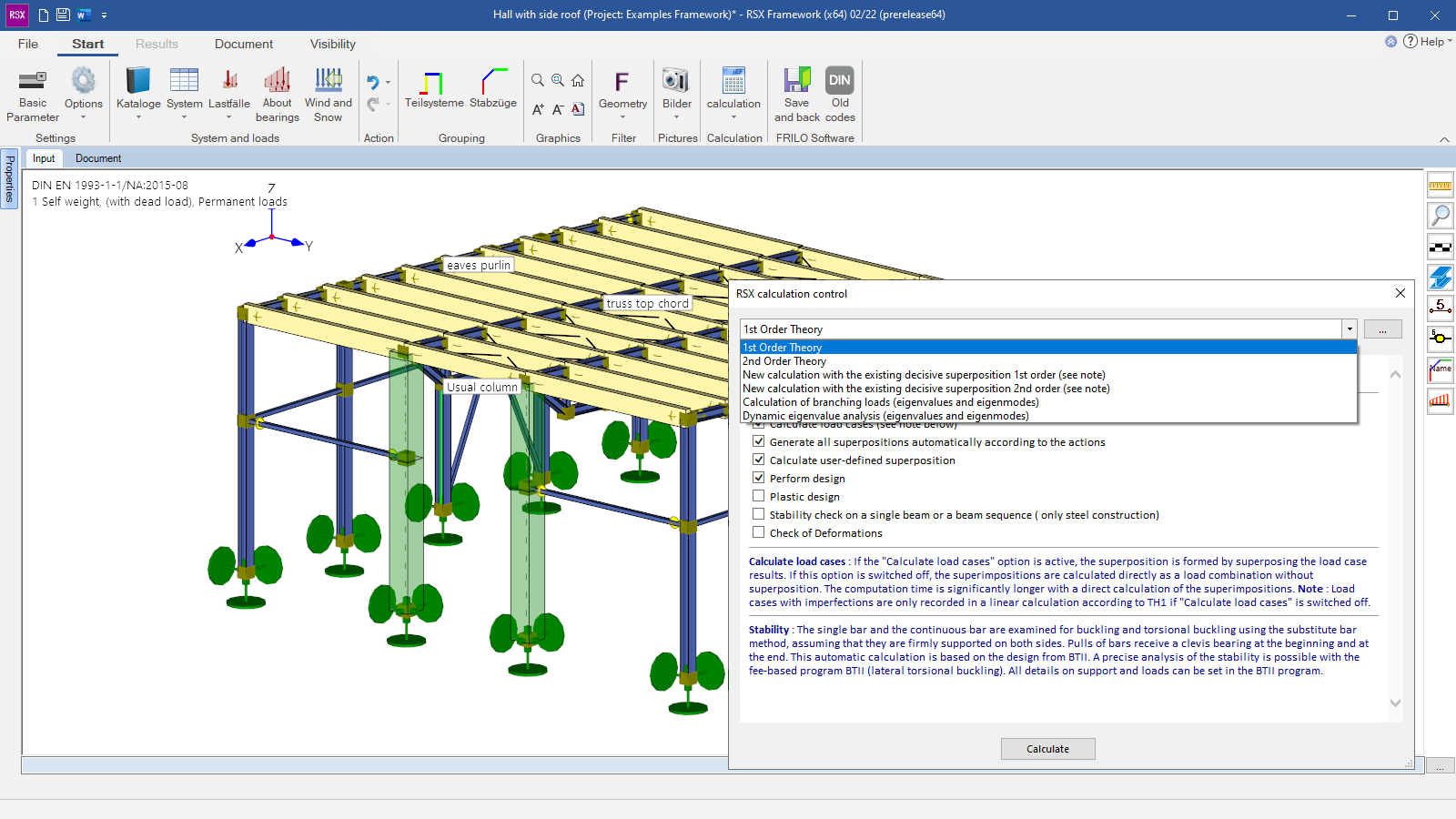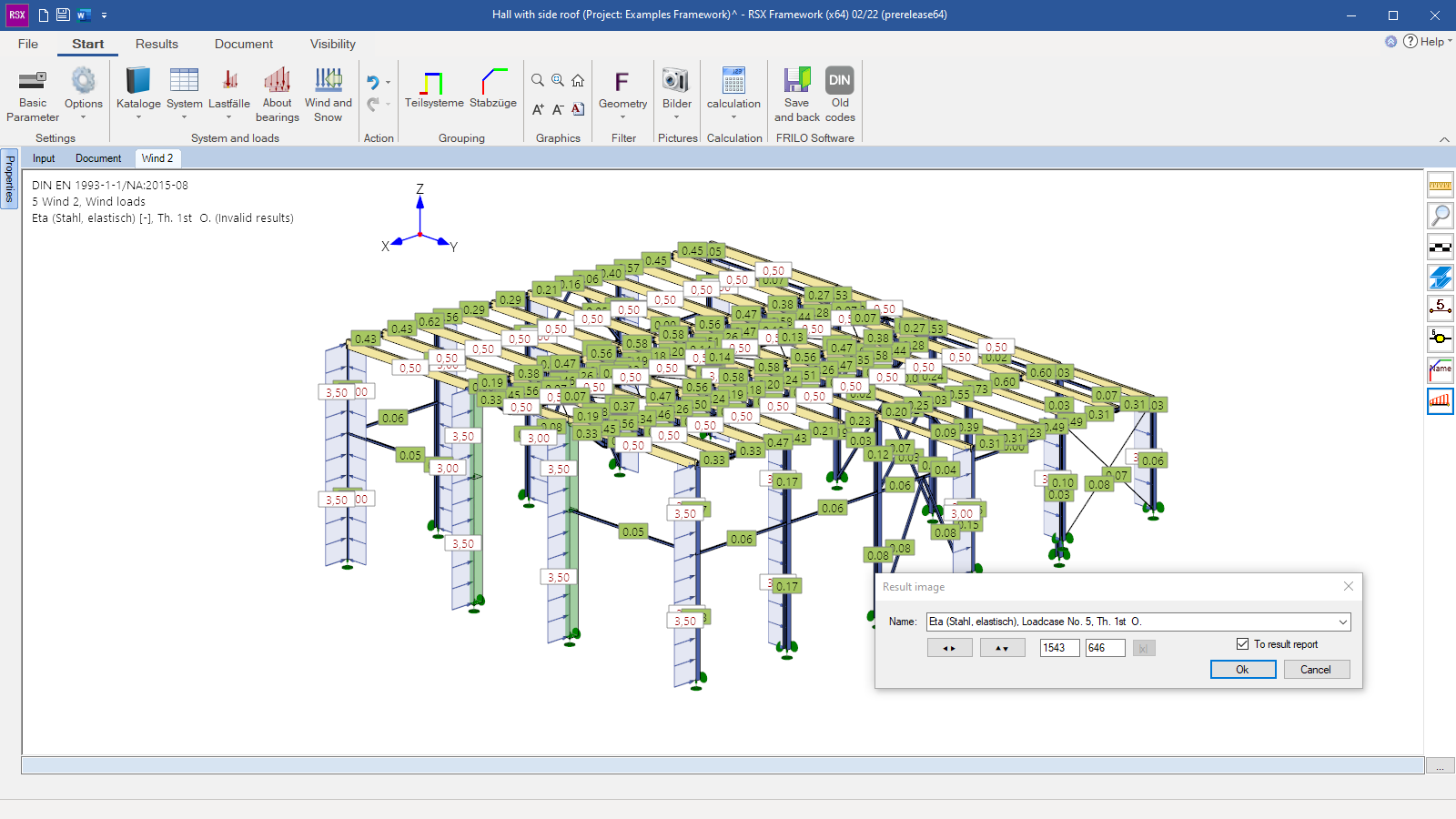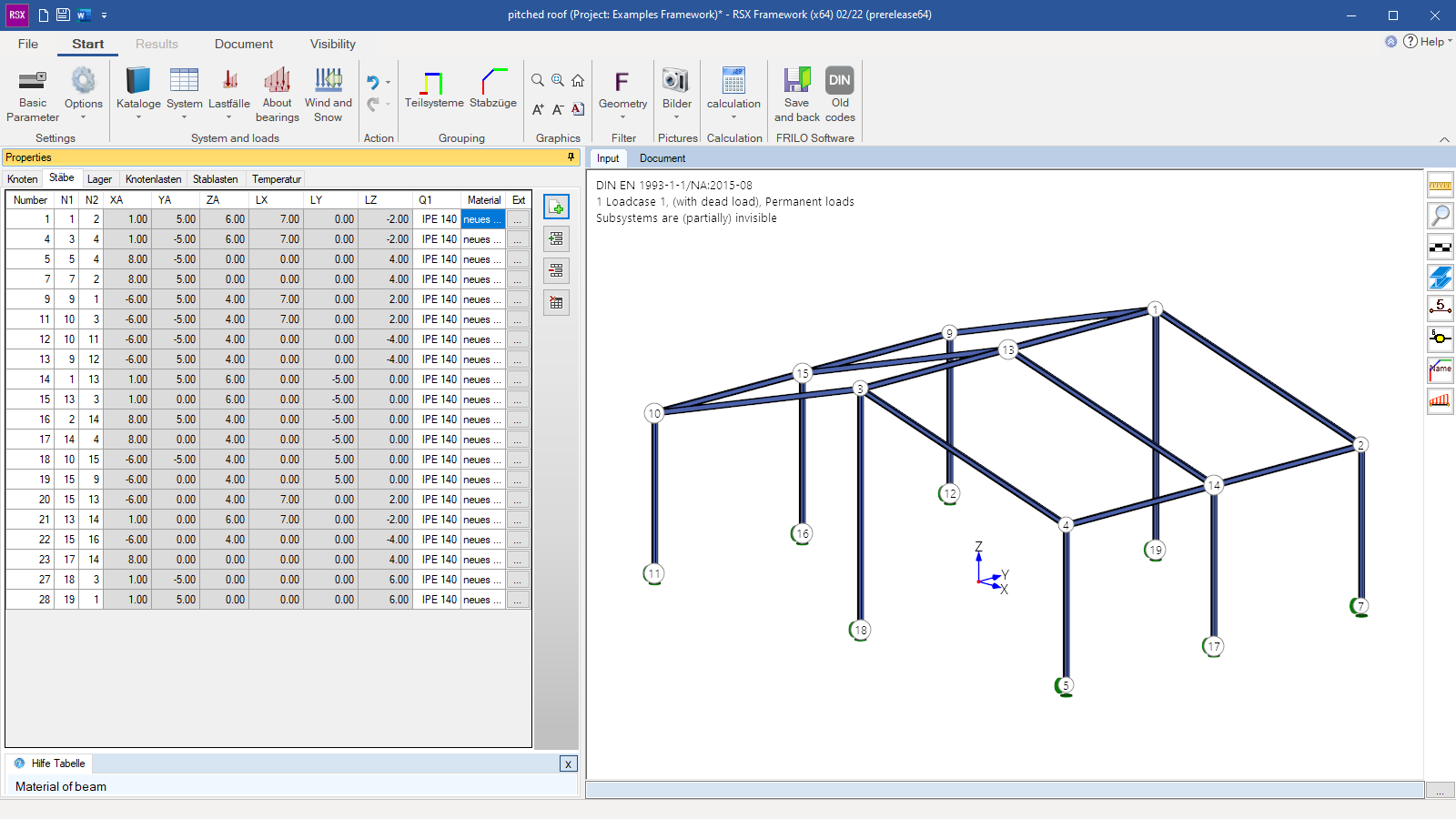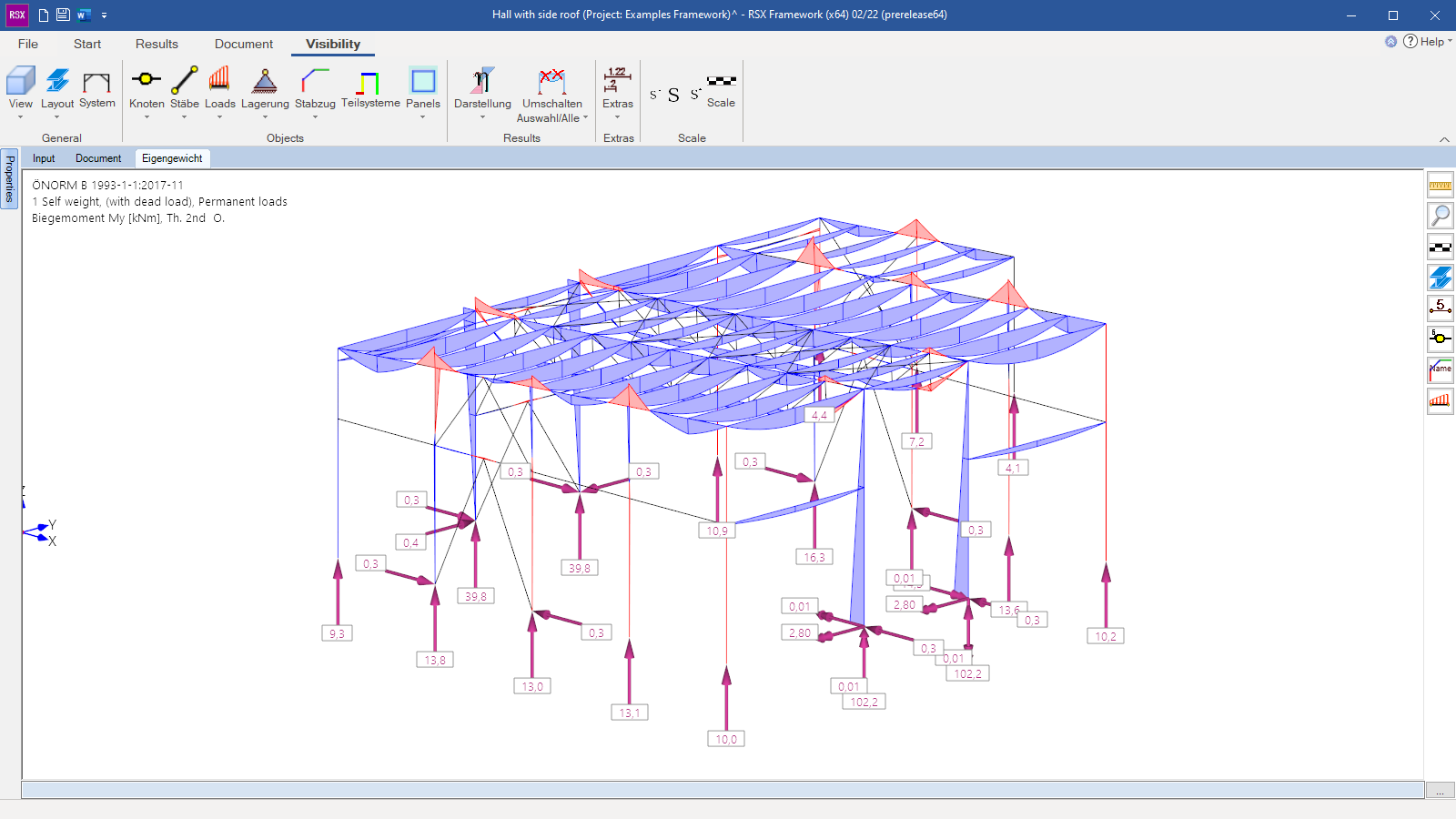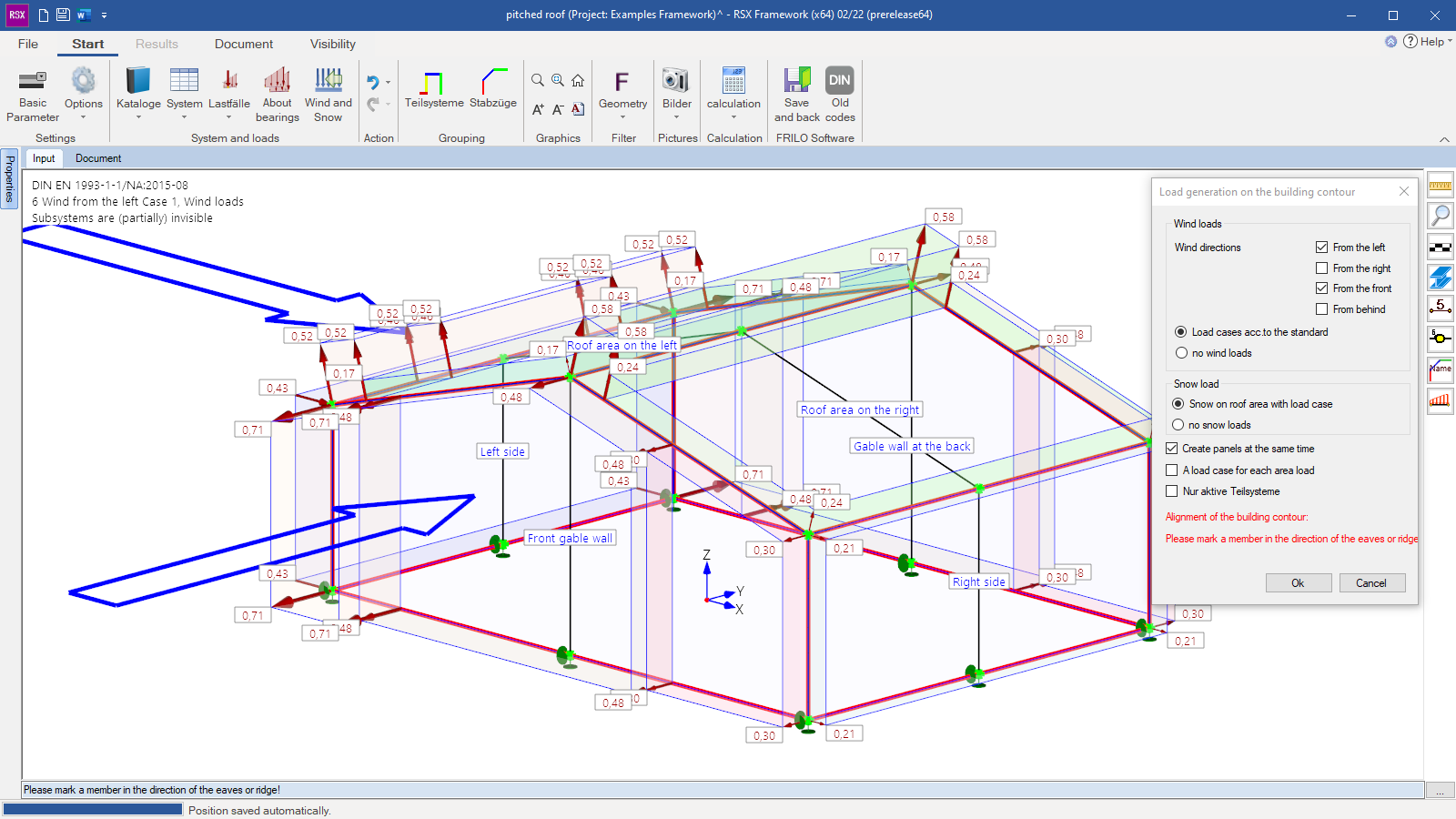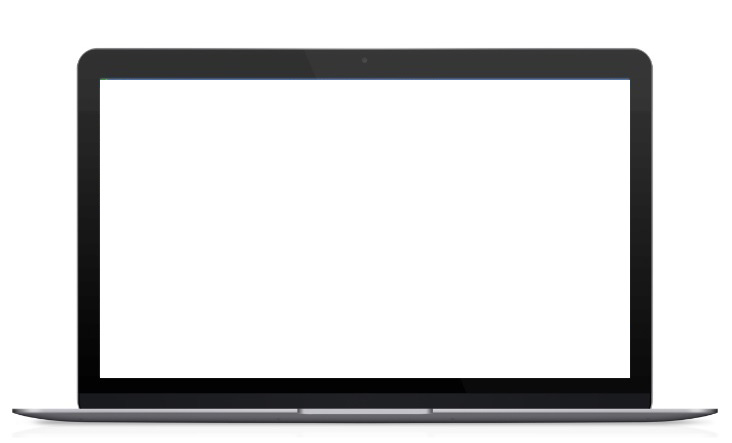
Framework
The “Framework” module is used to calculate internal forces and reactions for bar-shaped load-bearing structures as 2D or 3D systems. The graphical input with templates and wizards quickly provides a calculable system. The initial values for a design for steel, timber, reinforced concrete or aluminum are provided with the fully automatic superposition. Eigenvalues and eigenmodes can be calculated for dynamic investigations.
Also available in FRILO Ultimate
Core capabilities
Material
- Steel
- Timber
- Reinforced concrete
- Aluminum
- User-defined material
Input
- The system can be entered either interactively via the graphical user interface and/or by entering the data in tables
- Marking of several objects for joint editing
- Undo/Redo to undo or restore any user action
- Modeling bar-shaped load-bearing structures as 2D or 3D systems
Loads
- All kinds of concentrated loads, line loads, and trapezoidal loads
- Area loads on panels (areas limited by members)
- Any assignment of members for load transfer
- Distribution of the surface loads to the members via an FEM analysis
- Load action as a force and/or as a mass
Structuring options
- Subsystems to group any members
- Set of members to create line-type components across several members
Cross-sections
- Standard steel shapes from the cross-section library
- General steel sections from the Q3 program
- User-defined cross-sections via structural values or geometric data
Steel
- Elastic and plastic design
- Stability analysis on the individual member or on a set of members
- Transfer of members and sets of members with all loads and internal forces to the “Lateral Torsional Buckling Analysis” program for stability analysis
Timber
- General stress analysis
- Equivalent member verification with specification of the effective lengths for buckling and lateral buckling
Reinforced Concrete
- Reinforced concrete design with multiple options for the arrangement of the reinforcement
- Kd method for plane components, optimised for flexural reinforcement
- Reinforcement distributed over corners for biaxial bending for spatial systems
- Design for shear force and torsion, also for biaxial shear force
Aluminum
- Stress analysis
- Transfer of members and sets of members with all loads and internal forces to the “Lateral Torsional Buckling Analysis” program for stability analysis
Text output
- Detailed control of the output of all results for load cases, combinations and design situations via a general output profile
Graphic output
- Free selection of all kinds of images
- All results can be represented graphically
- Result filter adjustable via minimum and maximum values
- Images are generated via the Snapshot function in accordance with the WYSIWYG principle
- Images are automatically grouped by content
- Image management for inserting or hiding images in the document
Document structure
- All chapters of the document can be hidden/displayed directly in the document
- Customisation of the document without need to re-create it afterwards
- Automatic adjustment of the result graphics in the document
Layout
- The structure and the layout of the document can be adjusted via the general FRILO layout.
Transfer from RSX to
- Lateral Torsional Buckling Analysis
- Continuous Beam
- Isolated Foundation
- Fin Plate
- Butt Plate Joint
- Steel Frame Corner
- Verification of Steel Cross-Sections
- Steel Angle Connection
- Reinforced Concrete Column
- Timber Truss Joint
Transfer to RSX
- Timber Truss FWH+
- Steel Truss FWS+
- All roof programs of DACH+
- Continuous Timber Beam HTM+
- Continuous Steel Beam STM+
- Portal Frame S7+
- Steel Frame STR+
- Steel Bracing ST12+
Import options
- From DXF to transfer geometric data.
- From Excel to transfer nodes and members.
- Planned for coming versions: data transfer from FRILO BIM Connector®
Export options
- Result data as Excel file for further processing of data (maximum values at each bar and maximum values at each node)
- Word
Standards
Structural analysis
- First-order analysis
- Second-order analysis
- Possible failure of members or foundations
Dynamics
- Dynamic analysis of load cases and user-defined combinations
- Analysis of eigenvalues and mode shapes
Buckling load
- Solution of the static eigenvalue problem to determine the ideal limit loads for the stability of the system
- Analysis of eigenvalues and mode shapes
Combinations
- Automatic combination of the load cases
- Grouping of load cases for concurrent or alternative action
Support resources
News
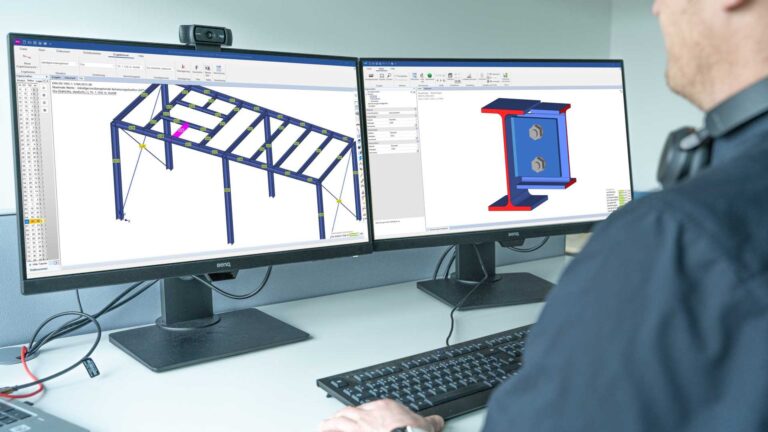
FRILO launches version 2024-2 with powerful updates for structural analysis and design
Highlights include the optimised design of Schöck Isokörbe®, the advanced integration of DC foundation engineering programs into the FRILO environment and new RSX interfaces for detail verifications in steel construction.
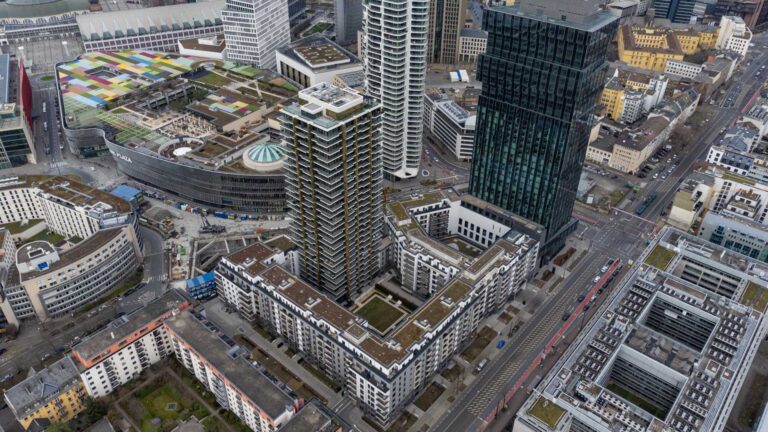
Load determination for eight-floor perimeter block development with FRILO Building Model
Find out how the structural engineers at bauart Konstruktions GmbH determined the loads for an eight-floor perimeter block development in Frankfurt’s Europaviertel district using the GEO from FRILO.

